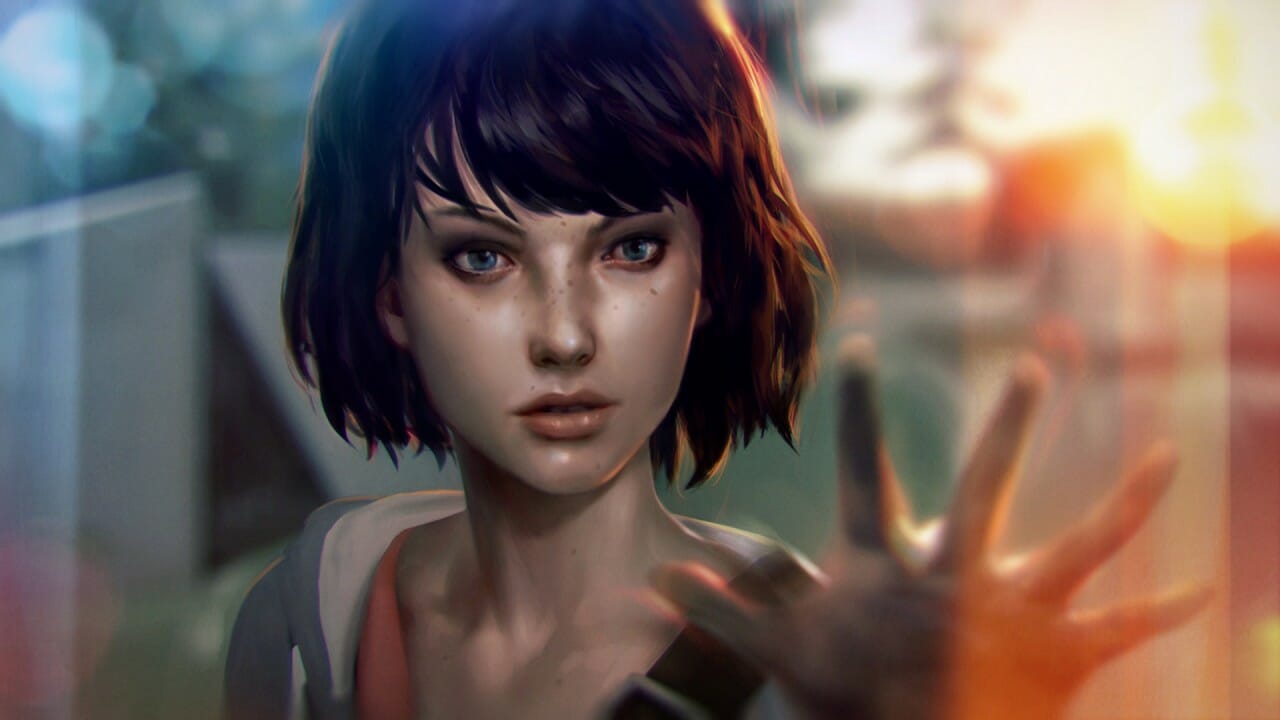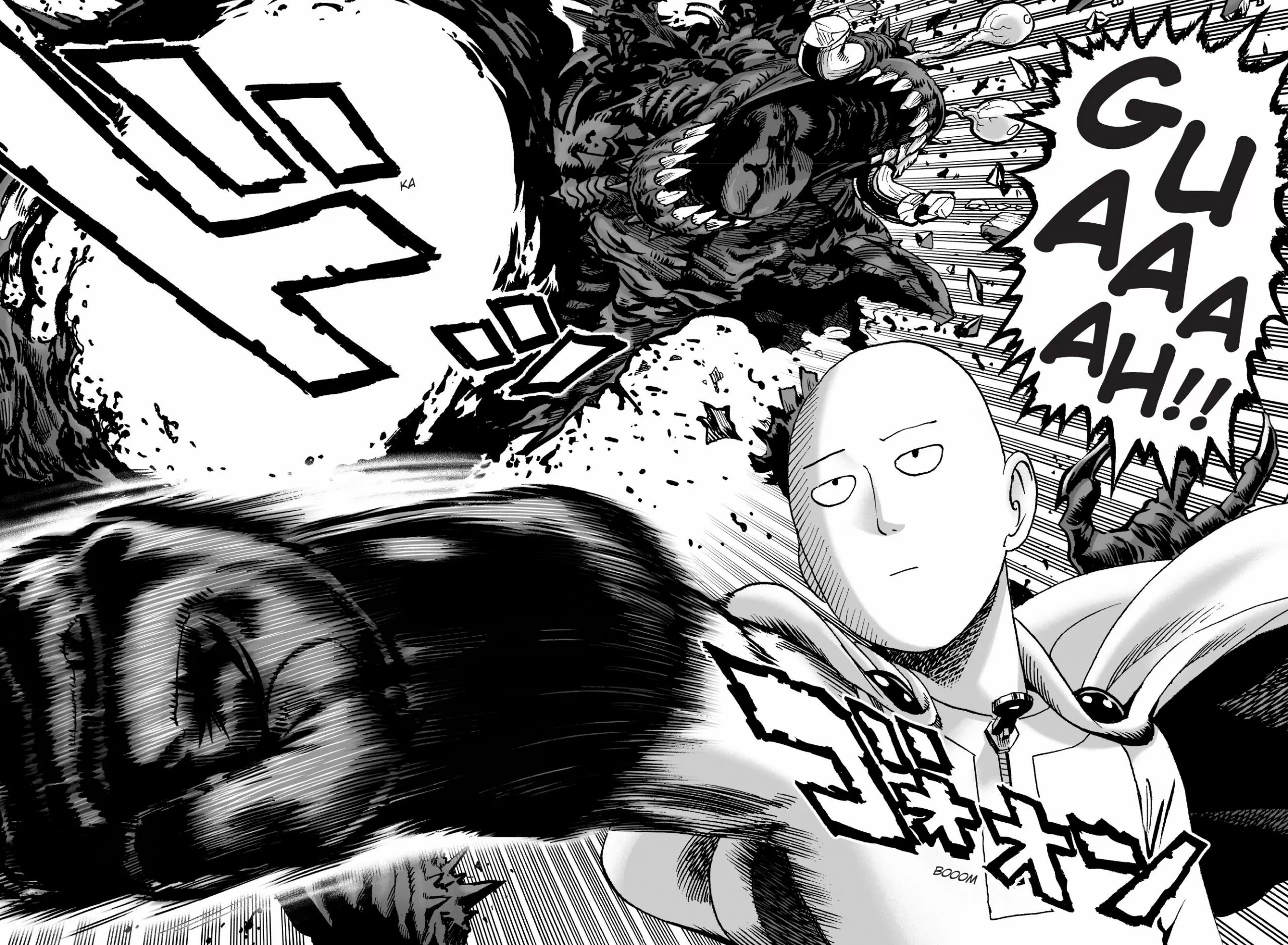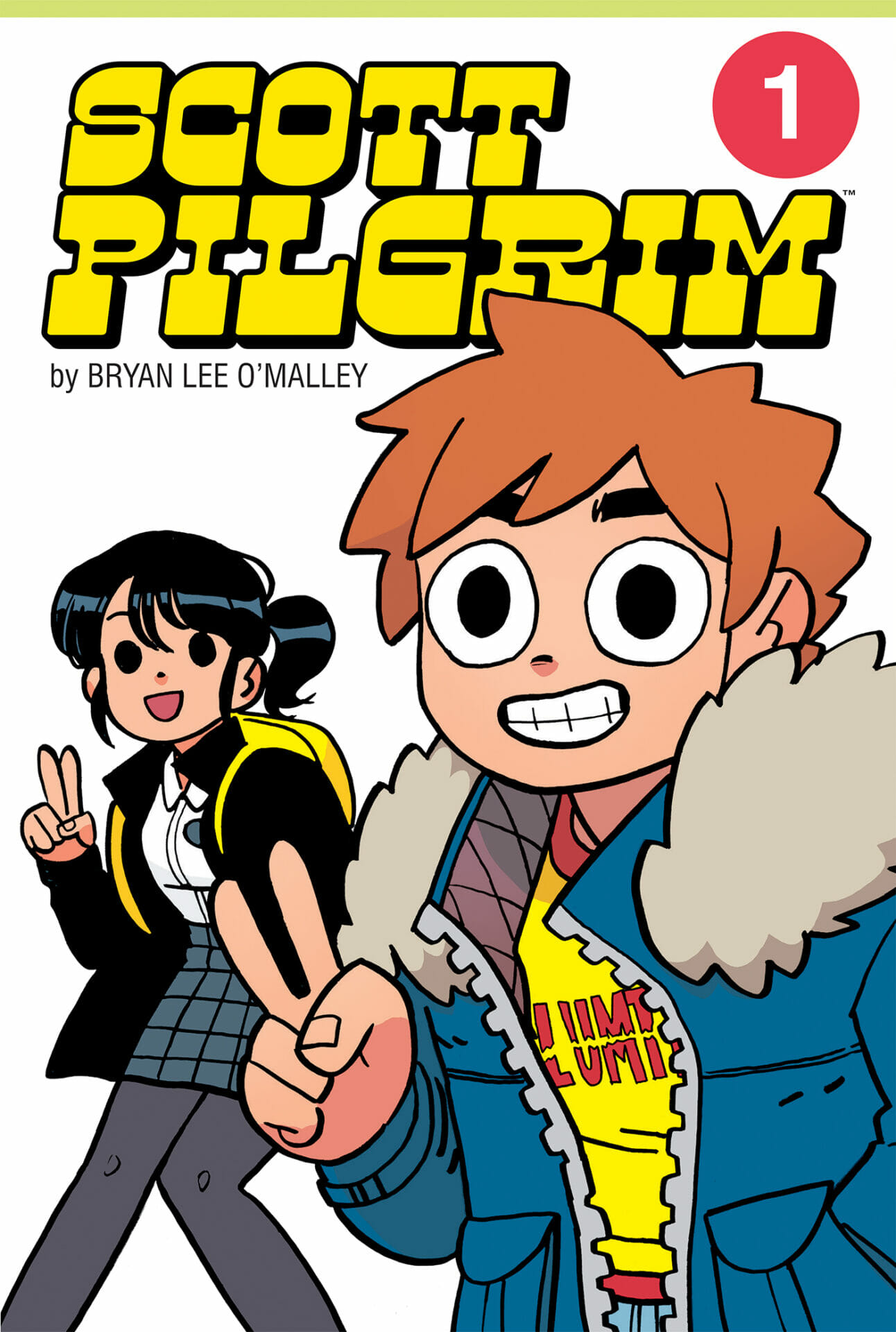
Scott Pilgrim | When comics meet video games
Author
Year
Love stories tend to follow a simple plot: facing heroic deeds, defeating evil and saving the princess. But when the young bass player Scott Pilgrim learns that to be with his crush he must defeat her seven evil exes, things no longer appear so easy.
With the series of the same name, Canadian cartoonist Bryan Lee O’Malley created a romantic comedy that draws inspiration from both Japanese and American comics. Published in six volumes between 2004 and 2010 by Oni Press, it captivated many readers thanks to its style and witty comedy.
Ready? Fight!
Scott is an unmotivated musician whose life revolves around band practices, a handful of friends and his high schooler girlfriend. A mundane existence turned upside-down by the appearance of Ramona Flowers. She is an Amazon delivery girl who runs errands via a subspace tunnel that happens to cross through his head. It is clear that there is more than one mystery surrounding Ramona, aside from her powers and infinite inventory bag. A troubled past that manifests in seven evil exes for Scott to face in battle. Here is where comics and video games blend the most, as O’Malley represents these battles in a video game style.
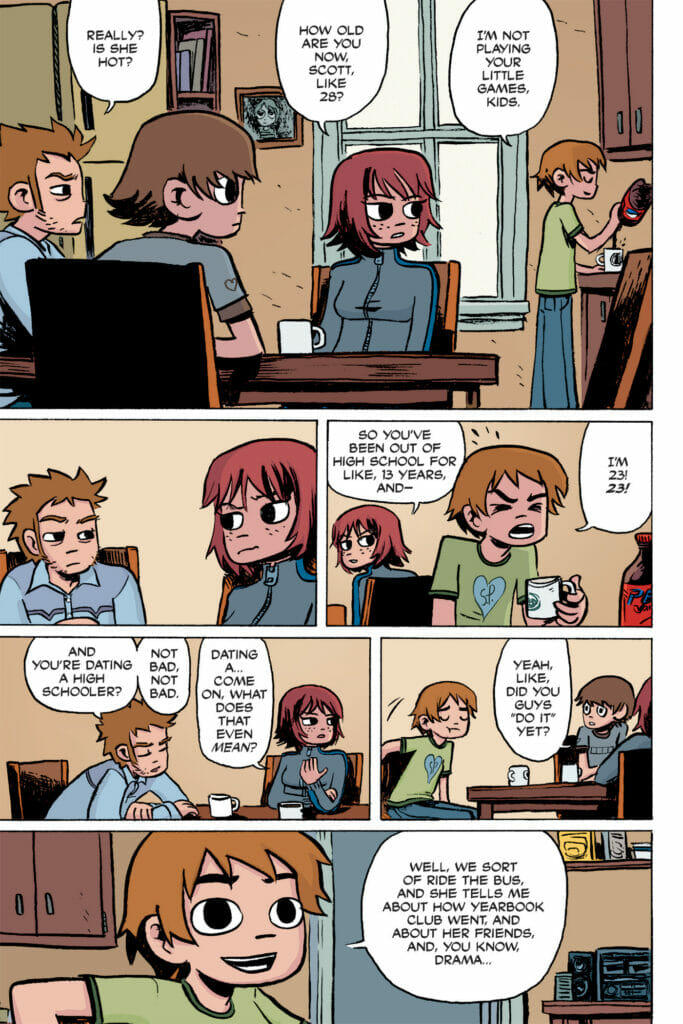
However, Scott Pilgrim is not just a continuous boss battle. Its strength as a comic is found in the time dedicated to both world and character building, which goes beyond the protagonists. In the wide array of secondary characters, all have their own identity, issues to face and impact on the events. They shift from members of the band to Scott’s childhood friends and Ramona’s past lovers, making the story believable and working on a bigger level.
Scott Pilgrim is a pop culture c-c-c-combo
When Bryan Lee O’Malley approached the making of this series, he found significant inspiration in the shonen manga genre. Despite being the early 2000s, when manga had just begun reaching America, he had already discovered Rumiko Takahashi‘s Ranma ½ and Osamu Tezuka‘s Astro Boy. And while he never intended to create a manga but rather a hybrid comic, its influence is clear. It can be found in the art style, black-and-white colouring as well as in the epic fighting scenes.
The second main source of inspiration was Western pop culture, which became one of the defining features of Scott Pilgrim. Video game references, meta comedy and inside jokes constellate all six volumes, for the readers to find and enjoy, from Street Fighter attacks to Super Mario symbols and Final Fantasy VIII-like dream scenarios. Though as frequent as they might be, these references seldom hinder the narration or take away from the story’s pacing. Even those that end up working as deus-ex-machina are well blended in with the rest of the events, since they aren’t a mere emulation, but a light-hearted and sincere tribute.

Thus, the setting combined all the familiarity of the modern world with an element of fantasy. A feature in common with other Western serial comics featuring young adults where everyday life and the unknown co-exist, as it happens in I kill giants and Monster Allergy. In Scott Pilgrim‘s instance, this combination takes the form of a world where video game rules apply much to no one’s surprise and where the breaking of the fourth wall is a common occurrence.
A cautionary tale about adulthood
At its core, Scott Pilgrim is a coming-of-age story revolving around its homonymous protagonist and his unwillingness to face adulthood. Scott, as a young adult who does not quite know what to make of his life, is a relatable character. And, as such, he is heavily flawed: an aspect of his character that the story takes its time in covering. He always felt like a passenger in his own life, to the point that even his friends entered it without much advocacy on his part. And it is thanks to Ramona’s influence that he gains the motivation to turn his life around.
In particular, a seemingly unimportant but crucial aspect of Scott’s character is his lacking memory. This is revealed to be the result of his choice to forget his mistakes, at the cost of repeating them. Such unwillingness to face his wrongdoings takes form in Nega Scott, a personification of his negative side, whom he always chose to fight instead of confronting. It will be once again the memory of Ramona to spur him on to take responsibility for his past actions.
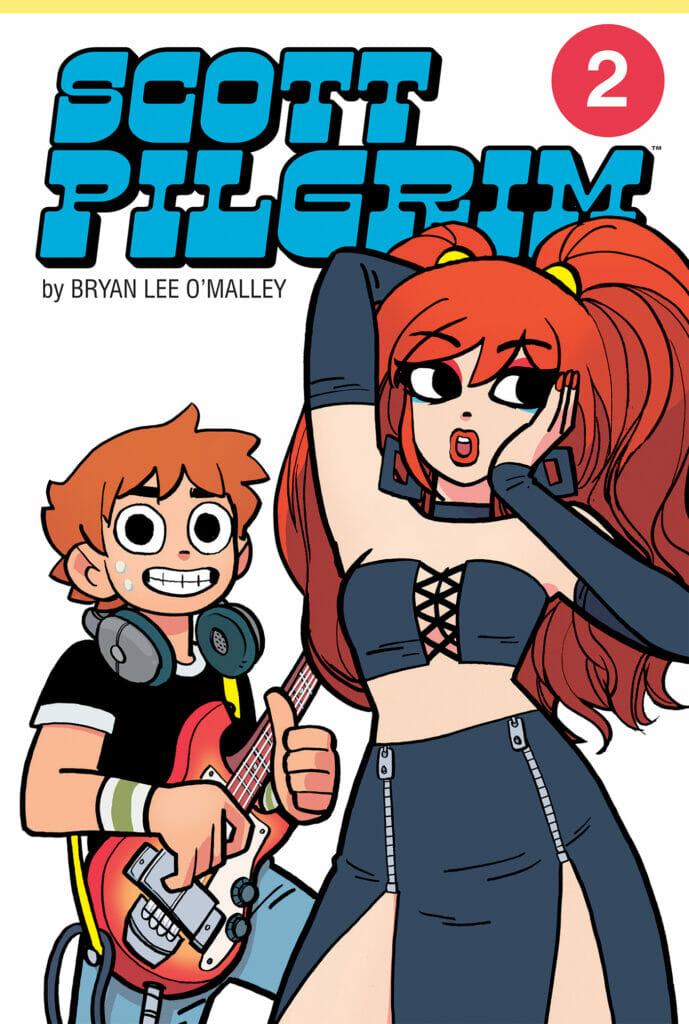
This newfound maturity is a value earned by choosing to do better, and the author takes his time to develop it properly. The story spans an entire year of events, told throughout the six volumes. Thus, the author doesn’t rush the characters’ growth, giving the reader the chance to experience it thoroughly. A kind of depth in narration that Scott Pilgrim shares with another coming-of-age story like Goodnight Punpun.
The duality of Scott Pilgrim
In its simplicity, the witty comedy of Scott Pilgrim works in a way that makes it enjoyable both at face value and when looked at in depth. In fact, the light tone of the narrative reveals an unexpected effectiveness when it comes to tackle heavier themes. Already shown in Scott’s fear of growing up, it finds further resonance to Ramona’s emotional vulnerability. A result of the influence of her latest and most powerful ex, Gideon, from whom she is on the run.
As the final boss and main antagonist, Gideon personifies another fitting example of the mature themes discussed in the comic. His power allows him to get into other people’s heads – metaphorically and literally – and trap them there with their negative thoughts. It is a clever representation of emotional abuse that does not shy away from hinting at gaslighting and dependence. All the while maintaining a light tone that keeps the reader engaged without poking fun at these topics. A comedy-based approach found also in shonen manga Trigun as well as the comedic slice-of-life Saint Young Men.
With its hilarious narration, Scott Pilgrim manages to convey a positive message about growing up and building healthy relationships. The series had a film adaptation in 2010, as well as a video game by Ubisoft: Scott Pilgrim vs. The World.
Tag
Buy a ☕ for Hypercritic







